In the modern days of online communication, knowing what other people and brands are talking about your business and your brand reputation is vital for growth. Moreover, online reputation monitoring should be taken into consideration when building a comprehensive integrated communication strategy.
Here are some practical steps to help you understand how online reputation monitoring works and what your customers want. Take notes from the success stories of the others and learn from their bad reputation management.
1. What Is a Brand Reputation & When Did It Take Birth?
2. How Can I Monitor My Online Reputation?
3. Online Brand Reputation Management Case Studies
3.1 JetBlue - Good Customer Service on Social Media
3.2 TripAdvisor - Fake Reviews Can Ruin Business Reputation Online
3.3 United Airlines - Awful at Handling Overbooking
1. What Is a Brand Reputation & When Did It Take Birth?
We won’t start by explaining what brand reputation monitoring is since we’ve previously discussed about it. But it is important to set that aside and find out where it all started and how to prepare your business to stand up and face any criticism that might appear.
In the early days of 1980, corporate reputation (or, simply named, the business’s reputation) attracted the attention of industries such as economics, sociology, and management. All of these three industries see corporate reputation as people’s perception of a business, or the status it occupies compared to their competition. On this matter, the concept of public relations was created to spread the right information and help companies with reputation management.
So, reputation management started to take birth due to the rising need of people to establish credibility, because there were lots of situations when honesty and safety caused big financial losses (which can lead to reputational risk). When a company suffers from financial losses stemming from reputation damage, it can affect its entire performance. No matter whether it’s an angry customer, a leak, or bad mouth and gossip.
Thinking about the present, social networks like Twitter, LinkedIn, Facebook and many others have “forced” companies to monitor their online brand reputation to anticipate and to respond immediately to criticism and people’s opinions and anticipate their future actions.
Take for example the scandal about how Cambridge Analytica helped Donald Trump to win the White House elections by collecting data without users' approval from more than 50 million Facebook users. Their campaign micro-targeted US voters with carefully tailored messages about the Republican nominee across the social media marketing platforms (Google, Snapchat, Twitter, Facebook and YouTube).

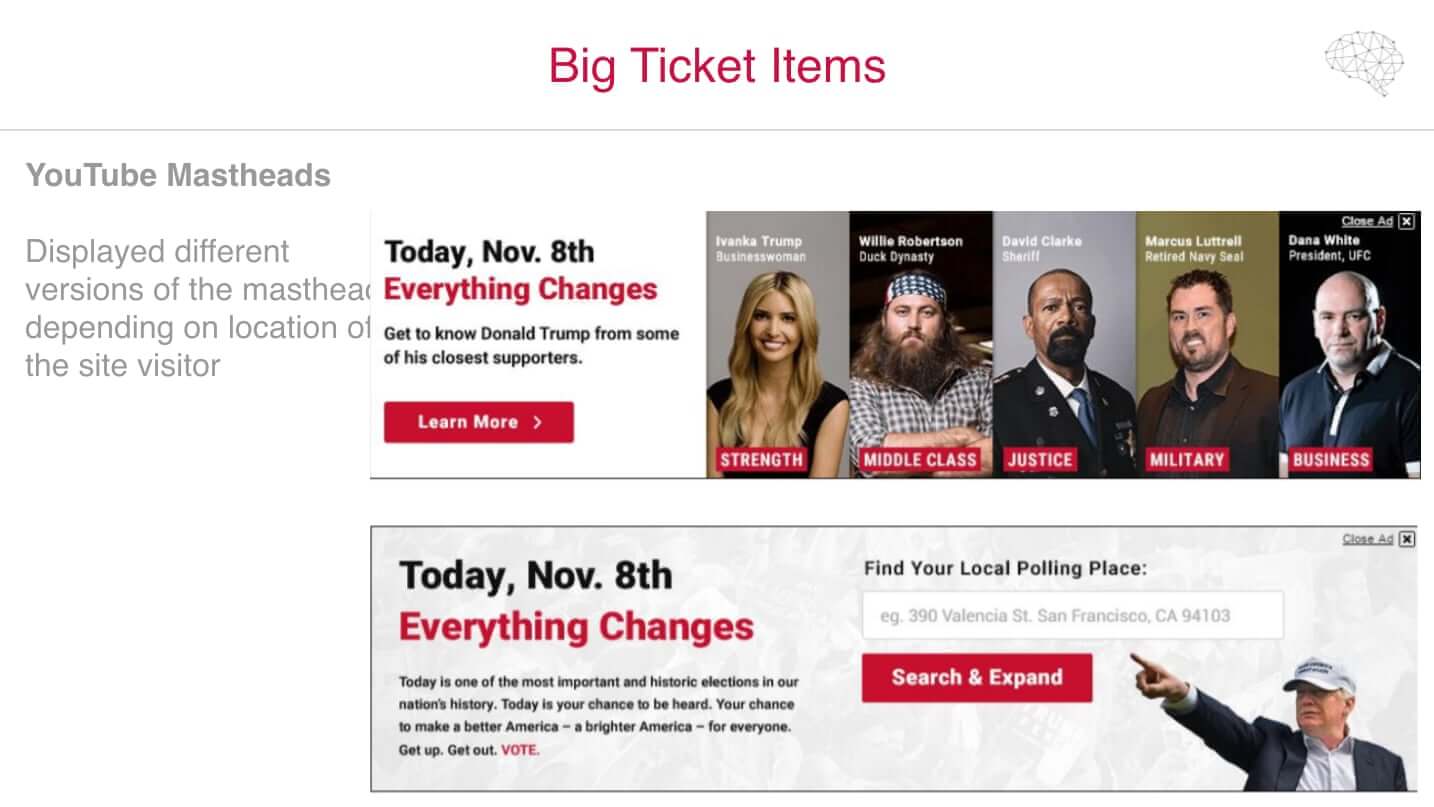
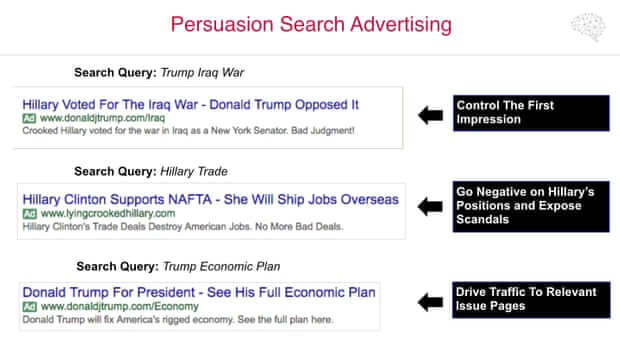
You should work hard to build up a good brand reputation and build loyalty. Loyal customers integrate their life with your product and generate brand love. Chatra.io created valuable guides were they explain the importance of it:
Consider a loyal Apple fan. Their computer, watch and home technology is all powered by Apple. Building this kind of loyalty with your customers means that everything that you offer to them is more “sticky”, or harder to get rid of. With that kind of stickiness, the lifetime value of your loyal customers is going to be much higher than that of your customers that are fresh to your product or have the potential to churn.
2. How Can I Monitor My Online Reputation?
Monitoring your brand reputation online can be overwhelming if you don’t have the right reputation management tools and strategies. BrandMentions stands out on all the web monitoring tools, thorough its advanced algorithms and filters to get qualitative data and valuable mentions. It works very well for spotting what people and brands are talking about your brand. Either by performing quick researches and finding on the spot who is talking about your brand and what they are saying or by creating projects and monitoring your online reputation.
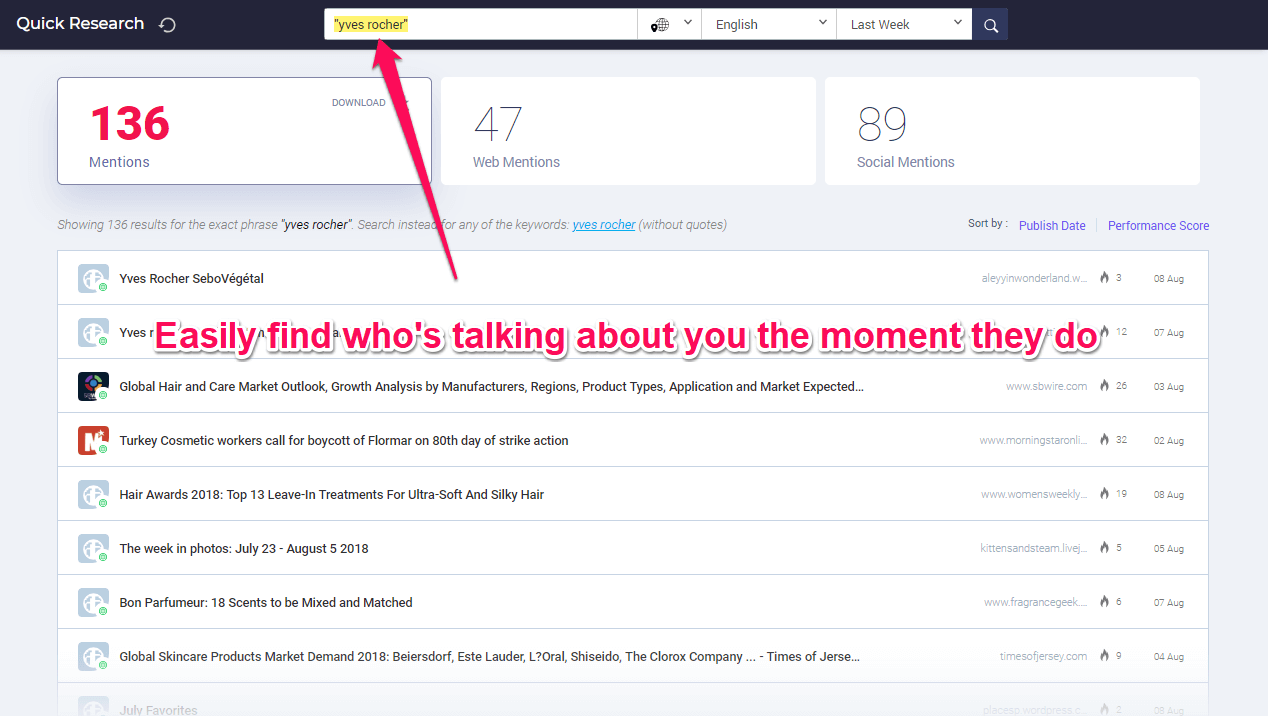
Use Sentiment Analysis to understand the intensity of human emotions based on what people are writing about the brand, products or services. Sentiment analysis helps you identify the tone and emotions expressed through written or spoken online communication. BrandMentions uses this feature to show you, based on who mentioned your brand, whether the customers' feedback is positive or negative. For each online mention, you get lots of features available using this online reputation management software.

Monitor social media and find the overall sentiment tone of your mentions to get all the information you need for your product development team to make clients happy. Based on the information you get, you can manage your brand reputation or recover your online reputation if that’s the case and create marketing solutions to users' problems.
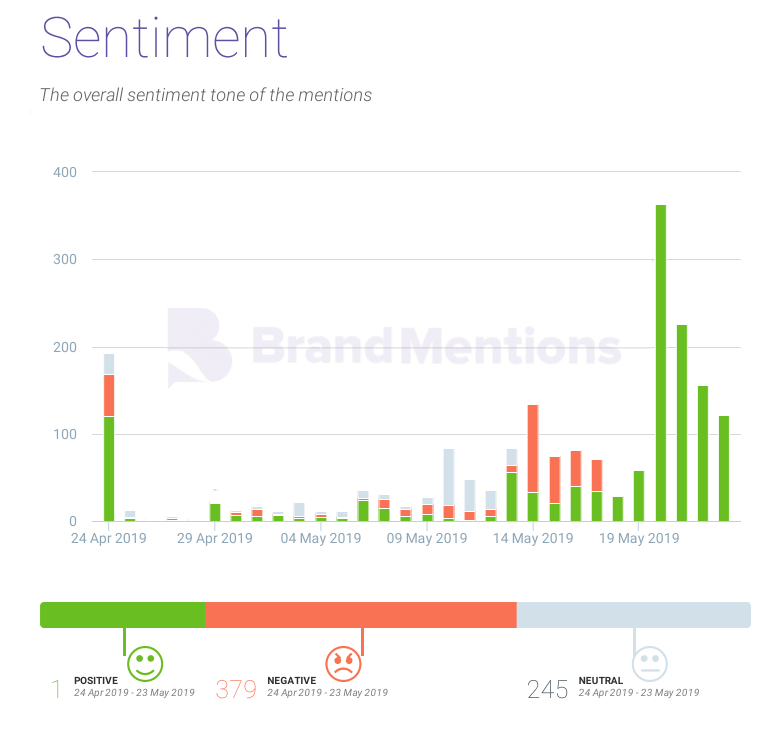
3. Case Studies About Online Brand Reputation Management
Tourism is maybe one of the most representative industries when it comes to the effect of online reputation on a business. We searched, documented and scraped through the tourism industry to examine the significance of reputation monitoring. The tourism industry is highly competitive and there are a plethora of websites and social media platforms to offer information and services to people who want to travel, book flights, buy vacations and activities. Online reputation is even more important in this situation, where you need to struggle to attract the customer’s attention and offer a positive experience. Basically, online reputation management is paramount in the hotel industry.
3.1 JetBlue - Good Customer Service on Social Media
Unlike other airlines that managed poorly their customer experience, Jetblue has taken notes, done their homework, and are ready to deliver quality services. They understand that social media marketing is highly important in the tourism industry and in their business.
They have almost 2M followers and engage quickly in the conversations, as seen below:
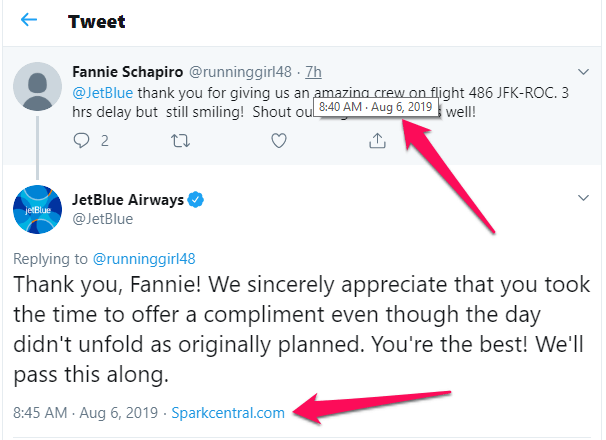
They even went the extra mile. After @Alexa_Burrows tweeted @Jetblue about being upset because she has to go home and jokingly asking for a welcome parade, JetBlue sent the tweet over to the airport that Alexa would be landing at. The Airport’s customer service threw a welcome home parade. Because why not?!
@Alexa_Burrows Little something to remember us by. 🙂 pic.twitter.com/VB3q0ARiva
— JetBlue Airways (@JetBlue) May 28, 2014
The success of how the company handles social media marketing and customer services relies on the way they created the teams. There are actually three different teams running the Jetblue Twitter account: the Marketing team, the Communications team, and the Customer Commitment team.
3.2 TripAdvisor - Fake Reviews Can Ruin Business Reputation Online
A research made in March 2017 by Nicholas Nicoli and Evgenia Papadopoulou from University of Nicosia on “TripAdvisor and reputation: a case study of the hotel industry in Cyprus” showed that social media has a high impact in managing brand reputation. Constant monitoring, prompt responses, training and transparency were identified as key factors.
Fake reviews are a growing concern and many hoteliers complain the site is not doing enough to prevent that. Users say that reviews on TripAdvisor are sometimes false or biased. In fact, it was suggested that reviews coming from other social travel websites, such as “Booking.com” and “Expedia.com”, are considered to be more reliable and trustworthy, since these are receiving reviews only from actual customers that booked through them and stayed at the booked hotel.
Since TripAdvisor allows everyone to write reviews, their validity decreased tremendously as evidence mounts that the system is being exploited by unscrupulous companies and individuals.
3.3 United Airlines - Awful at Handling Overbooking
In April 2017, United Airlines encountered a situation that happened or might happen to every airline: overbooking. The way they handled it was barbaric. On the United Express Flight 3411 the company asked for four volunteers to leave the plane offering vouchers to vacate their seats and make room for four deadheading airline employees who needed to travel to the destination. No one accepted, so they selected passengers for involuntary removal.
Three of them agreed and the fourth one, David Dao Duy Anh, a Vietnamese-American doctor that had an emergency and had to get to the hospital the next day in the morning, declined. At that moment, Chicago Department of Aviation Security Officers was called to remove him from the plane. In the process, the man was assaulted and injured.
Passengers were outraged, started filming, posting lots of social media posts, asking for justice. The video went viral last year, sparking outrage across the country and triggering a public relations crisis for the Chicago-based company.

People were shocked and started writing on Twitter, Facebook, and the video was all over the news. Somebody said on YouTube:
No company hates their customers more than United Airlines.
The way the company handled the situation afterward wasn’t honorable even then… they posted on Twitter a message where the CEO Oscar Munoz’s apologized as half-hearted and dismissive.
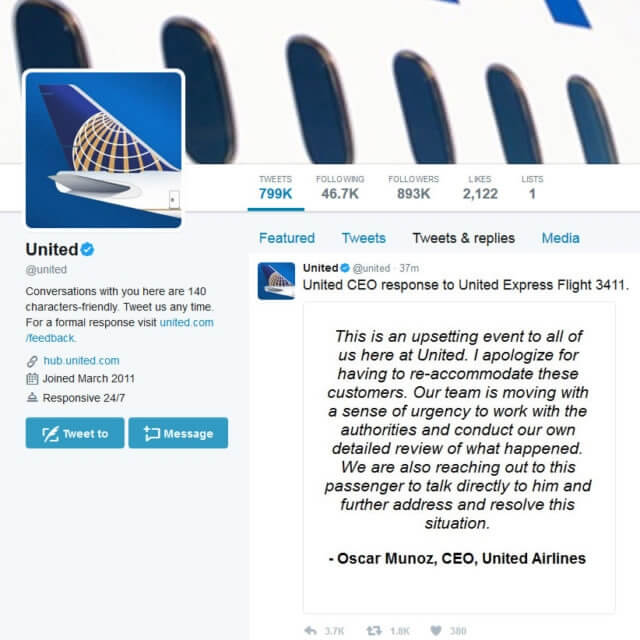
After the incident, United’s stock dropped 4% in the following days, losing almost $1 billion off the company’s market value. Ever since the companyhas made considerable efforts to regain investor and customer confidence.
Conclusion
There’s no 'quick-fixing' for reputation issues. If you broke something, you’ll have to put in a lot of effort to clean out your name. Before you start writing to a customer, take a few moments to clear all the negative feeling. There is a saying:
A reputation is something that can take 30 years to build, yet be completely destroyed in 30 seconds.

